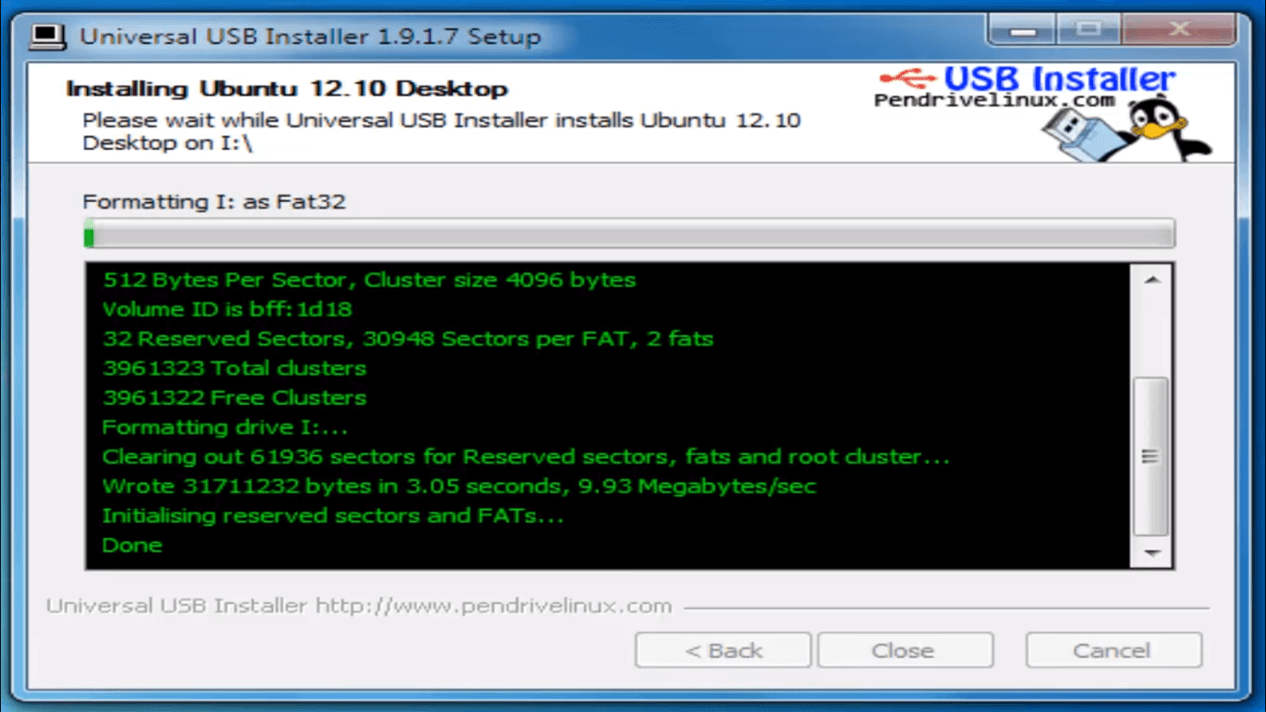
You can fix that by installing a C++ compiler such as MinGW or Visual C++. If you don't have a C/C++ compiler installed and configured, you'll see this cryptic error message. Python modules can be partly written in C or C++.
INSTALL PIP3 WINDOWS 10 INSTALL
The only solution is to install a free software friendly proxy that forwards to the nasty proxy. Example syntax: you're really unlucky, your proxy might be a Microsoft NTLM proxy. Most Python applications (and other free software) respect these. If so, set the environment variables http_proxy and https_proxy. If you work in an office, you might be behind an HTTP proxy. There you go (hopefully)! Solutions for common problems are given below: Proxy problems Try installing a package: pip install httpie Now you should be able to run pip from the command line. Find pip.exe on your computer, then add its folder (for example, C:\Python27\Scripts) to your path (Start / Edit environment variables). You need to:įor me, this installed Pip at C:\Python27\Scripts\pip.exe. He builds installers for all Python versions, both 32 and 64 bit.
INSTALL PIP3 WINDOWS 10 WINDOWS
That's tedious for the experienced and prohibitively difficult for newbies.įor our sake, Christoph Gohlke prepares Windows installers (. The official documentation tells users to install Pip and each of its dependencies from source. \Scripts\pip.exe that path must be in PATH environment variable to use pip from the command line (see the second part of 'Alternative Instructions' for adding it to your PATH, Alternative instructions This installs the pip package, which (in Windows) contains.

Follow Start a Command Prompt as an Administrator (Microsoft TechNet). You possibly need an administrator command prompt to do this. Then, run it from the command prompt: python get-pip.py Official instructionsĭownload get-pip.py, being careful to save it as a. To make matters worse, Pip was-until recently-ironically difficult to install. Python 2 ≤ 2.7.8 and Python 3 ≤ 3.3įlying in the face of its 'batteries included' motto, Python ships without a package manager.

I discuss this in the Stack Overflow question Does Python have a package/module management system?.Īnd, alas for everyone using Python 2.7.8 or earlier (a sizable portion of the community). Of course, that doesn't mean Python packaging is problem solved.

If you do find that pip is not available when using Python 3.4+ or Python 2.7.9+, simply execute e.g.: py -3 -m ensurepip In shipping with a package manager, Python joins Ruby, Node.js, Haskell, Perl, Go-almost every other contemporary language with a majority open-source community. Newbies are no longer excluded from using community libraries by the prohibitive difficulty of setup. It makes the community's wealth of libraries accessible to everyone. This is the best feature of any Python release. Good news! Python 3.4 (released March 2014) and Python 2.7.9 (released December 2014) ship with Pip. How do I install pip on Windows? Python 2.7.9+ and 3.4+


 0 kommentar(er)
0 kommentar(er)
